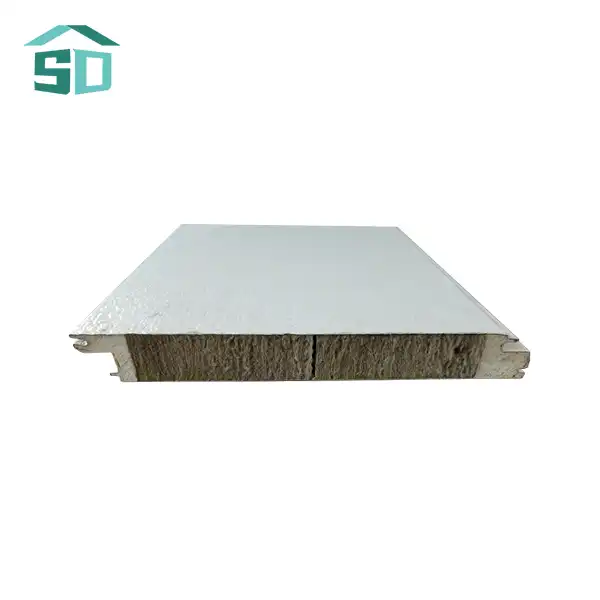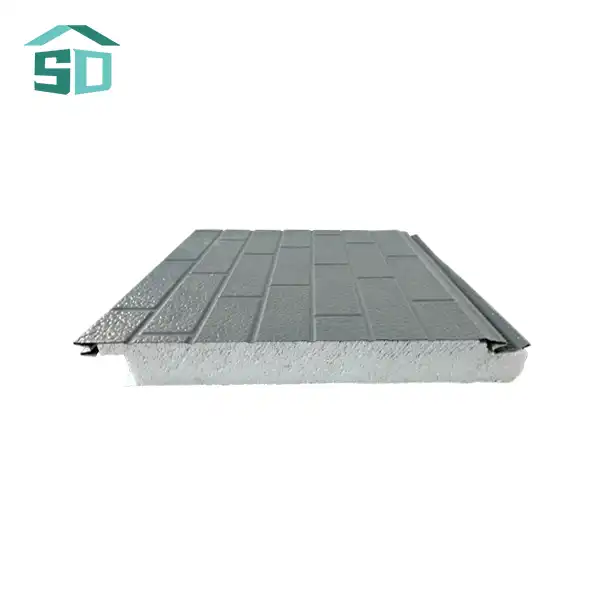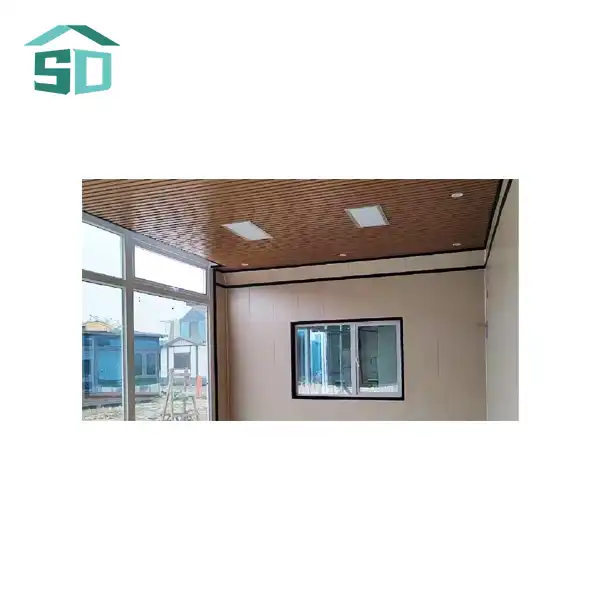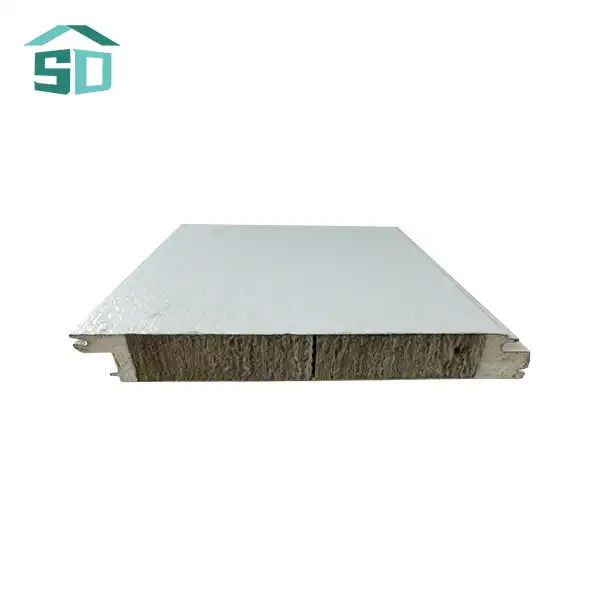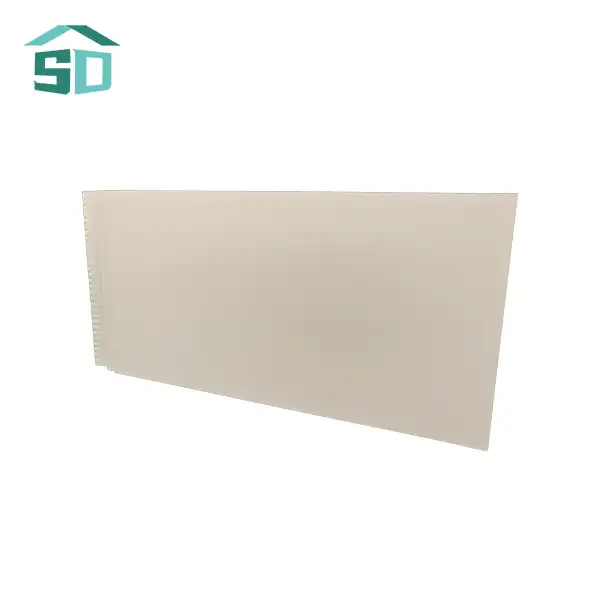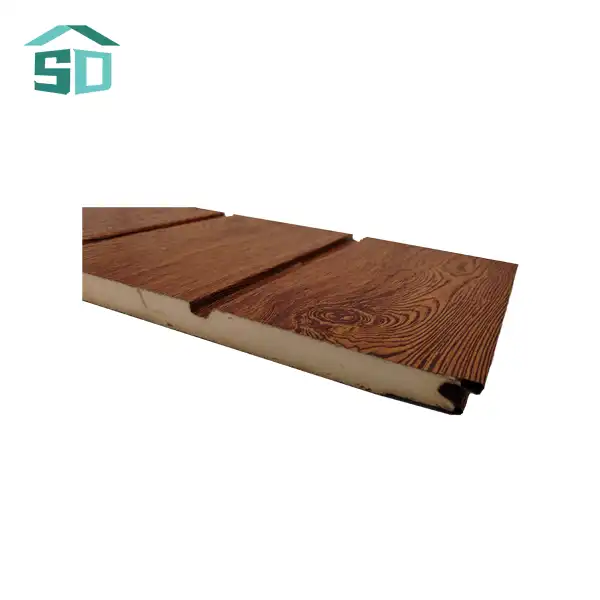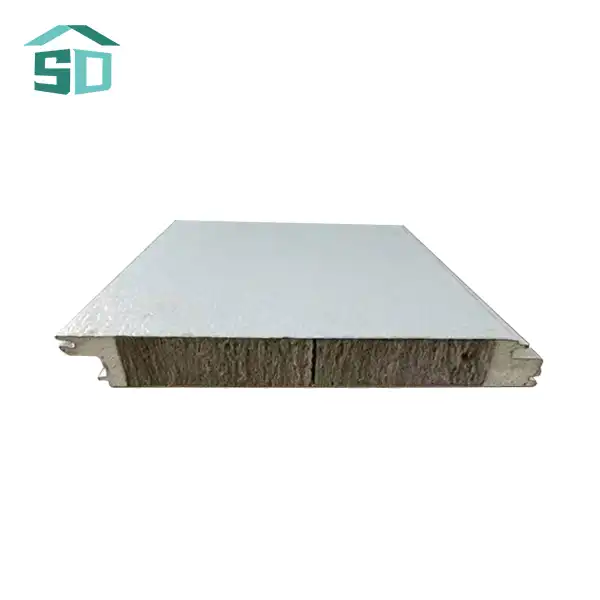- English
- French
- German
- Portuguese
- Spanish
- Russian
- Japanese
- Korean
- Arabic
- Greek
- German
- Turkish
- Italian
- Danish
- Romanian
- Indonesian
- Czech
- Afrikaans
- Swedish
- Polish
- Basque
- Catalan
- Esperanto
- Hindi
- Lao
- Albanian
- Amharic
- Armenian
- Azerbaijani
- Belarusian
- Bengali
- Bosnian
- Bulgarian
- Cebuano
- Chichewa
- Corsican
- Croatian
- Dutch
- Estonian
- Filipino
- Finnish
- Frisian
- Galician
- Georgian
- Gujarati
- Haitian
- Hausa
- Hawaiian
- Hebrew
- Hmong
- Hungarian
- Icelandic
- Igbo
- Javanese
- Kannada
- Kazakh
- Khmer
- Kurdish
- Kyrgyz
- Latin
- Latvian
- Lithuanian
- Luxembou..
- Macedonian
- Malagasy
- Malay
- Malayalam
- Maltese
- Maori
- Marathi
- Mongolian
- Burmese
- Nepali
- Norwegian
- Pashto
- Persian
- Punjabi
- Serbian
- Sesotho
- Sinhala
- Slovak
- Slovenian
- Somali
- Samoan
- Scots Gaelic
- Shona
- Sindhi
- Sundanese
- Swahili
- Tajik
- Tamil
- Telugu
- Thai
- Ukrainian
- Urdu
- Uzbek
- Vietnamese
- Welsh
- Xhosa
- Yiddish
- Yoruba
- Zulu
What is the cheapest way to cover exterior walls?
Covering exterior walls is a crucial aspect of home improvement that can enhance both aesthetics and protection. As someone who has navigated various options for wall coverings, I understand the need for cost-effective solutions. In this article, I will explore the cheapest ways to cover exterior walls while ensuring durability and appeal.
Understanding the Need for Wall Coverings
Why Cover Exterior Walls?
Covering exterior walls serves multiple purposes, including insulation, protection against weather elements, and aesthetic enhancement. Depending on the material chosen, wall coverings can also improve energy efficiency and increase a property's value. Therefore, it’s essential to choose a method that is not only economical but also effective in fulfilling these needs.
Cost-Effective Materials for Exterior Wall Coverings
1. Vinyl Siding
One of the most popular and affordable options for exterior wall coverings is vinyl siding. This material is not only inexpensive but also available in various colors and styles. Vinyl siding is known for its low maintenance needs and resistance to fading and rot, making it an ideal choice for many homeowners.
2. Wood Paneling
Wood paneling can be a cost-effective solution if sourced from reclaimed or local lumber. While it requires maintenance, such as staining or painting, its natural appearance can enhance a home’s charm. Using untreated wood for an exterior can be cheaper, though it may necessitate a protective finish to prolong its lifespan.
3. Stucco
Stucco is a durable option that can be applied directly to the wall surface. It is relatively inexpensive and provides a modern, clean look. The application of stucco involves mixing sand, water, and cement, making it a practical choice for DIY enthusiasts looking to save on labor costs.
4. Plywood Sheathing
For those seeking a temporary solution, plywood sheathing can be an economical option. It provides basic protection from the elements and can be painted for visual appeal. However, its longevity is limited, and it may require replacement sooner than other materials.
5. Corrugated Metal Panels
Corrugated metal panels are increasingly used for modern designs. They are affordable, durable, and easy to install. Metal panels can be left in their natural finish for an industrial look or painted for a more traditional appearance.
DIY vs. Professional Installation
The Benefits of DIY Installation
One of the most significant ways to cut costs when covering exterior walls is to tackle the project yourself. DIY installation allows for greater control over expenses, and with the right resources and guidance, anyone can achieve impressive results. Many online tutorials and community workshops provide the necessary skills to undertake these projects confidently.
When to Hire a Professional
While DIY can save money, there are times when hiring a professional may be beneficial. Complex installations or extensive renovations might require expertise that ensures quality and safety. Additionally, professionals can often procure materials at a lower price due to their industry connections, potentially offsetting some costs.
Maintenance Considerations
Long-Term Cost Efficiency
When selecting the cheapest way to cover exterior walls, it’s crucial to consider long-term maintenance costs. Some materials may be inexpensive upfront but can incur significant expenses over time due to repairs or replacements. For example, while vinyl siding may have a lower initial cost, its resistance to fading and damage can save money in the long run.
Seasonal Maintenance
Certain materials, like wood paneling, require regular maintenance to remain visually appealing and functional. Preparing for seasonal weather changes—such as painting or sealing—can help protect your investment and prolong the life of your wall coverings.
Energy Efficiency and Insulation
Enhancing Home Comfort
Choosing the right exterior wall covering can also impact energy efficiency. For instance, insulated vinyl siding or stucco with foam backing can enhance insulation, leading to lower heating and cooling costs. This consideration adds value to your investment by potentially lowering utility bills.
Weather Resistance
Materials that resist moisture and weather-related damage contribute to the longevity of exterior walls. Investing in weather-resistant coatings or materials can protect your home from rot, mold, and other issues that may arise from prolonged exposure to the elements.
Final Thoughts: Choosing the Best Option for Your Needs
In conclusion, covering exterior walls does not have to break the bank. Options like vinyl siding, wood paneling, stucco, plywood sheathing, and corrugated metal panels offer affordable solutions. As I reflect on the various materials and their benefits, it’s clear that the best choice depends on individual preferences, budget constraints, and the specific needs of the home.
By considering factors like maintenance, energy efficiency, and installation methods, homeowners can make informed decisions that balance cost with functionality and aesthetic appeal.
References
Vinyl Siding Institute – Benefits of Vinyl Siding
Wood Paneling and Its Benefits – The Spruce
Understanding Stucco – HomeAdvisor
Plywood Sheathing Overview – The Balance
Corrugated Metal Panels – Metal Roofs
